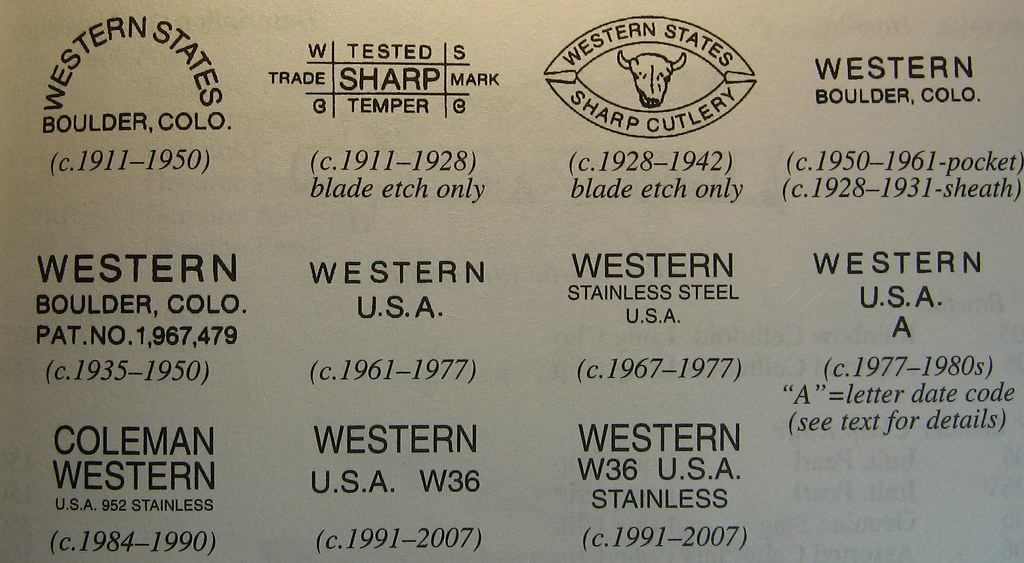- Joined
- Feb 17, 2013
- Messages
- 6,174
1980.
Western started date stamping in 1977 with "A", 1978 was "B", etc. Went through the Coleman and "some Boulder, CO businessmen" years, I.e., 1991 ( I have seen a very precious few "O" stamped knives).
When Camillus bought the name, they dropped the date codes.
Western started date stamping in 1977 with "A", 1978 was "B", etc. Went through the Coleman and "some Boulder, CO businessmen" years, I.e., 1991 ( I have seen a very precious few "O" stamped knives).
When Camillus bought the name, they dropped the date codes.















